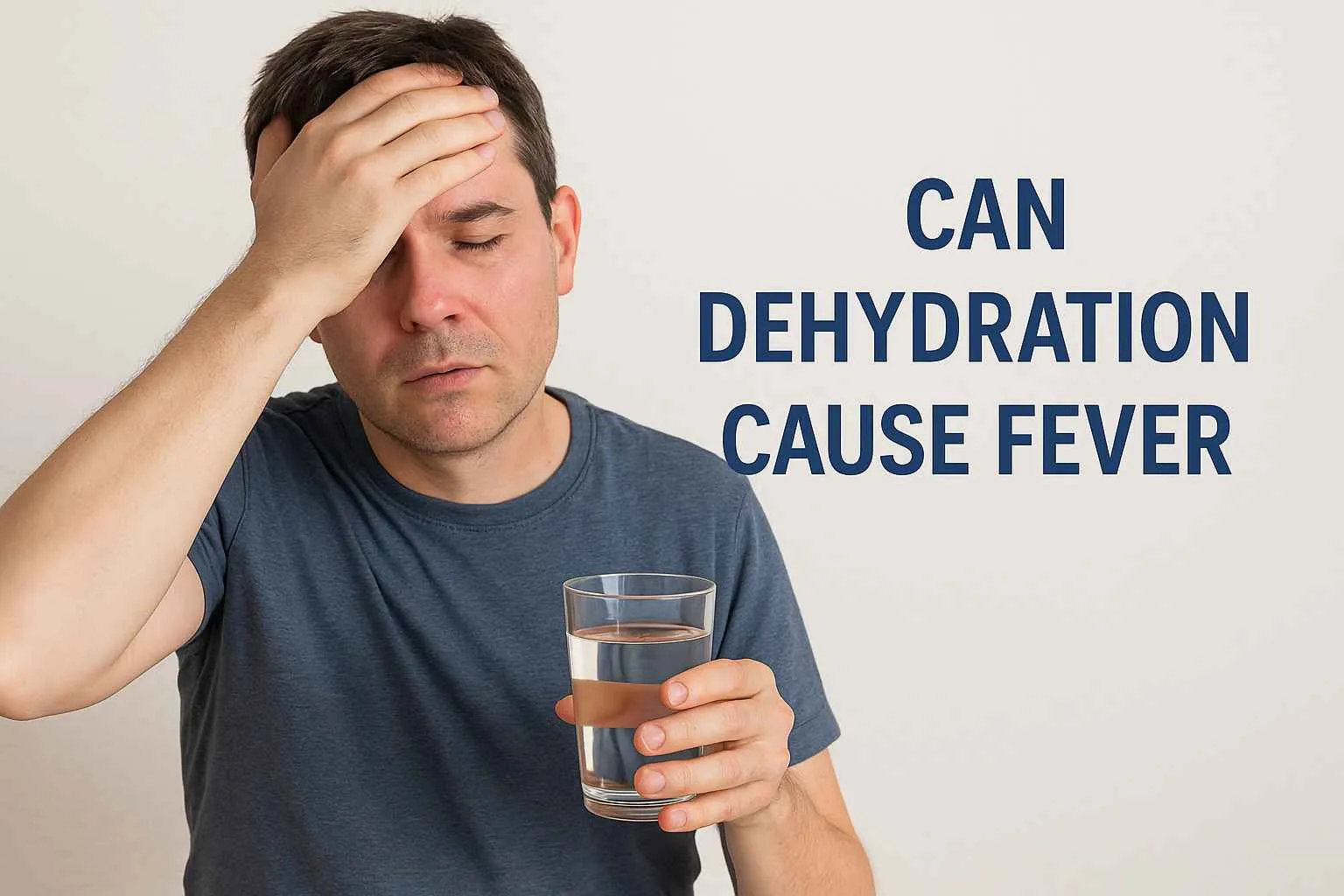What is hay fever?
What are the Symptoms of hay fever?
After exposure to an allergen, hay fever symptoms typically appear shortly after and might persist for many days. Since some people are more sensitive to pollen than others, not everyone will have severe symptoms. Your symptoms might be chronic if you are exposed to allergens regularly (for instance, at work or home). Common hay fever signs and symptoms include:- irritated and watery eyes
- swollen eyelids, dark bags under the eyes, wheezing, a persistent dry cough brought on by asthma, and sneezing
- runny or congested nose
- dry skin or a slight rash
- sinus enlargement
- mouth ache
What causes hay fever rash?
Hay fever symptoms of rash, also known as allergic dermatitis, is a skin condition resulting from an allergic reaction to certain allergens such as pollen, dust mites, and pet dander.- When these allergens come into contact with the skin, they trigger an immune response that causes the release of histamine and other chemicals. This leads to inflammation and itching in the affected area, resulting in a rash.
- The rash may appear red, itchy, and bumpy and can develop on any part of the body, but it's most commonly seen on the face, neck, and hands.
How long does it take for the hay fever rash to go away?
The duration of a hay fever rash can vary depending on the severity of the rash and the individual's response to treatment. In general, mild hay fever rashes may go away within a few days, while more severe rashes may take longer to heal. With proper treatment, most hay fever recklessness should improve within a few days and resolve completely within one to two weeks.However, some people may experience hay fever recklessness that is more persistent and difficult to control. In such cases, it may take longer for the rash to go away and may require additional treatment or changes to the treatment plan.Ways To Get Rid of Hay Fever:
These home-based easy remedies can be done at home to help you get rid of hay fever reckless & rash.- Avoid triggers -
- Take antihistamines -
- Use a cold compress -
- Moisturize -
- Take a bath with Colloidal Oatmeal -
- Apply calamine lotion -
- Use hydrocortisone cream -
- Oral antihistamines -
- Try aloe vera gel -
- Bathing with Colloidal Oatmeal -
- Take a warm bath -
 A warm bath can help to soothe the skin and reduce itching and inflammation associated with hay fever rash.
A warm bath can help to soothe the skin and reduce itching and inflammation associated with hay fever rash.- Eye drops -
- Cleaning out sinuses -
- Consult a doctor -
Faqs -
Final Takeaway -
Relief from allergies can sometimes feel elusive. You can relieve allergy symptoms by combining natural treatments with good self-care and allergen avoidance (when practical). Your immune system can function at its best with the support of a healthy diet and regular exercise.Also, while the natural and secure antihistamines found in food are controlled in the United States, supplements are not. Therefore, make sure they come from reputable sources and consult your doctor before utilizing supplements. If you are experiencing hay fever rash symptoms, please contact our Credihealth experts at +918010994994.Frequently Asked Questions
Is hay fever contagious?
No, hay fever (also known as allergic rhinitis) is not contagious. It is a type of allergy that may occur due to an overreaction of the immune system to certain allergens.
What causes cough with hay fever?
Coughing can be a hay fever symptom, also known as allergic rhinitis. The cough is caused by the same mechanism that causes other hay fever symptoms, such as sneezing and a runny nose.
Do I need to worry if I have asthma with hay fever?
Asthma with hay fever (also known as allergic asthma) can be a serious condition and significantly impact a person's quality of life. When someone has both conditions, their hay fever symptoms can trigger asthma symptoms, and vice versa. This can lead to a cycle of inflammation in the airways, making breathing difficult and leading to asthma attacks.

Reviewed by








